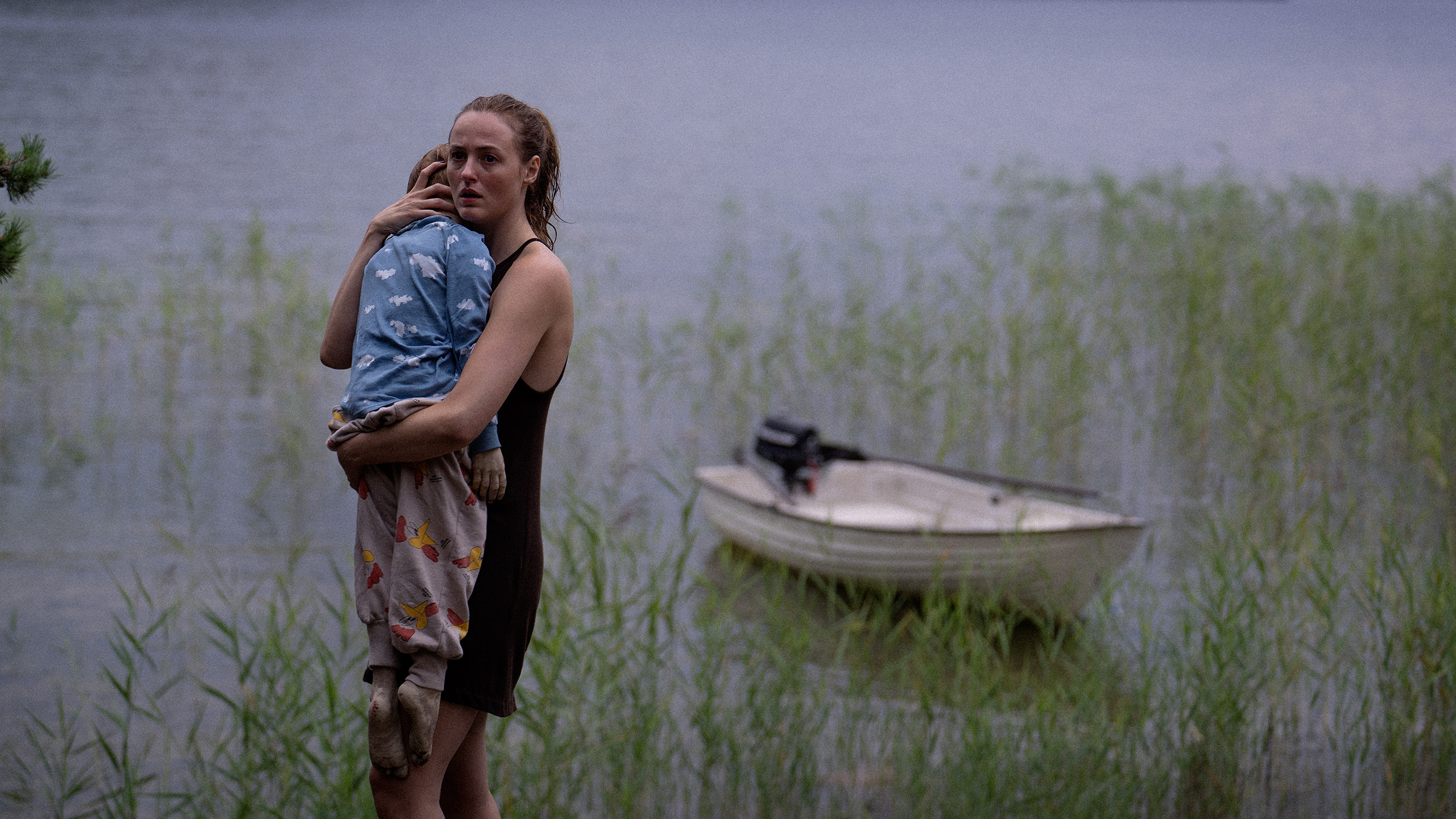
Sundance Film Review: Handling the Undead
Film Reviews
Sundance Film Review: Handling the Undead
Director: Thea Hvistendahl
Einar Film Drama
Premiere: 01.20
An ambulance in a cemetery. A knock at the casket. A single tear on an undead cheek. This is the language of Thea Hvistendal’s Handling the Undead, her debut feature and an adaptation of the 2005 novel by John Adjvide Lindqvist.
Unlike most other films about the walking dead, Handling isn’t interested in apocalypse, survival or horror. Once the dead return to life, there’s no violent attacks or panic in the streets. Instead, the film preoccupies itself with an honest look at our emotional response to the return of the living dead.
Responses to this situation are explored through three stories: Anna (Renate Reinsve, The Worst Person in the World), a young mother, has grown distant from her father, Mahler (Bjørn Sundquist, Hansel & Gretel: Witch Hunters), following the loss of her son Elias. Tora (Bente Børsum, Jakten), now a widow, is still mourning her recently deceased wife Elisabet (Olga Damani, Sasmos). David (Anders Danielsen Lie, The Worst Person in the World) has just found out his wife, Eva (Bahar Pars, A Man Called Ove), died in a car accident while getting a birthday present for their son, Kian (Kian Hansen). David is still at the hospital, reeling in grief, when a nation-wide power outage occurs. Once the lights come back on, Eva starts breathing again and she’s not the only one.
Hvistendal’s undead are uncomfortable to watch in a way the more typical “zombie” isn’t. When Mahler digs Elias out of his grave and takes him home, he may be breathing, but his decomposition leaves him green and unable to do anything but lie there and blink with shimmering eyes at his mother and grandfather (those eyes are all the more impressive after learning in a Q&A following the screening that Elias was a doll—a truly magical effect!). Elisabet’s corpse wanders home, unable to speak and cold as death, but that doesn’t stop Tora from caring for her, dressing her up with a gown and make-up and dancing with her in their once-shared home. It’s during Tora’s attempts to bring her mind back that the undead Elisabet sheds a tear. It’s clear that while they may not be moving to attack anybody, the undead are still brimming with internal life. But what does that life look like? Are they angry? Sad? Hungry?
The film knows that by bringing grief to zombies, it’s asking its audience to stretch between sorrow and unease. Fortunately, Hvistendahl’s direction, Peter Raeburn‘s score and Bent Holm and Andreas Franck‘s sound design perform the acrobatics required to great effect. Every performance is grounded, allowing us to understand each character’s actions, even if we can’t relax for every second the undead are on-screen and in the characters’ homes.
The “z word” looms over the film for much of its runtime. It’s been almost 60 years since George A. Romero invented the modern zombie, and 21st century audiences are well-versed in what to expect. Fast or slow, rage or fungus, we’ve seen it all. What Handling the Undead does so well is hang that knowledge and those expectations high above us. Yes, we’re watching David try to explain Eva’s complicated situation to his children, but at the back of our minds we’re dreading that first bite, wondering if it will ever come. Watching people grieve not only for their lost loved ones, but with them, is a heavy experience. I enjoyed the atmosphere but understand that others may not. Maybe we reserve the undead for horror because bringing in the emotional factor is too big, too deep or too complicated.
Hvistendahl and company don’t offer an answer. Quiet and unsettling, Handling the Undead is a well-crafted re-contextualization of a familiar monster that ruminates on how to mourn loss when it’s staring you in the face. –Max Bennion
Read more of SLUG‘s comprehensive coverage of the 2024 Sundance Film Festival.